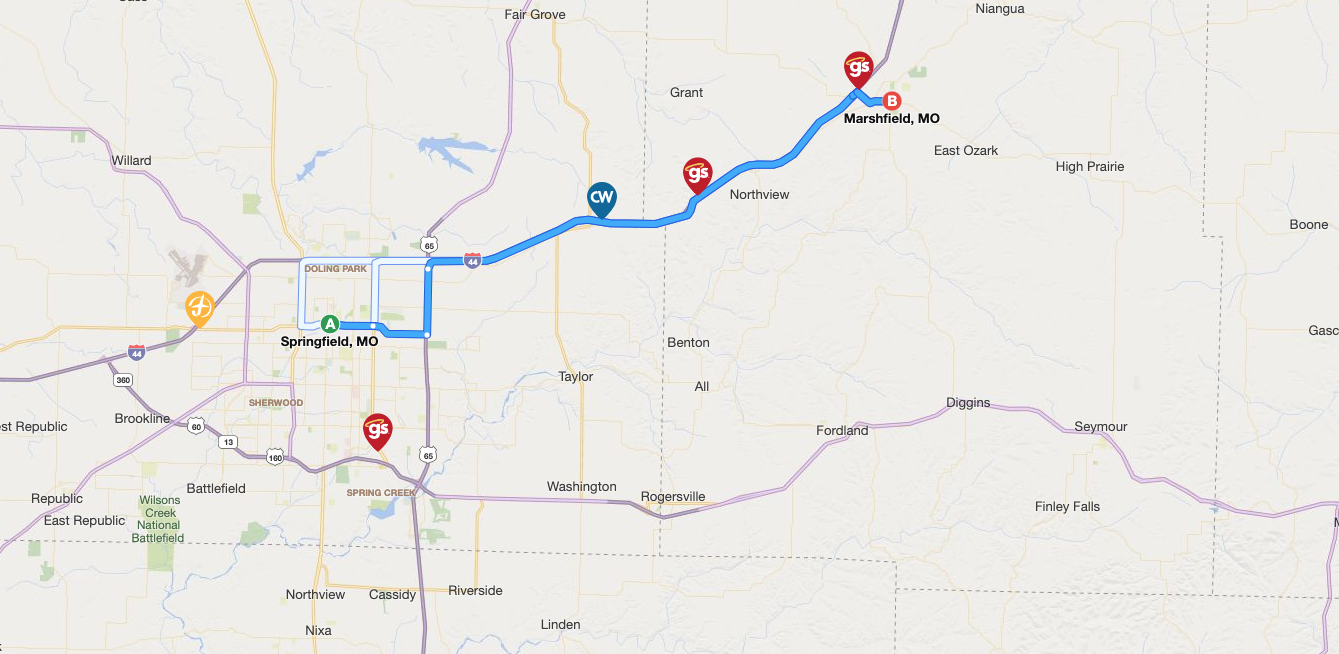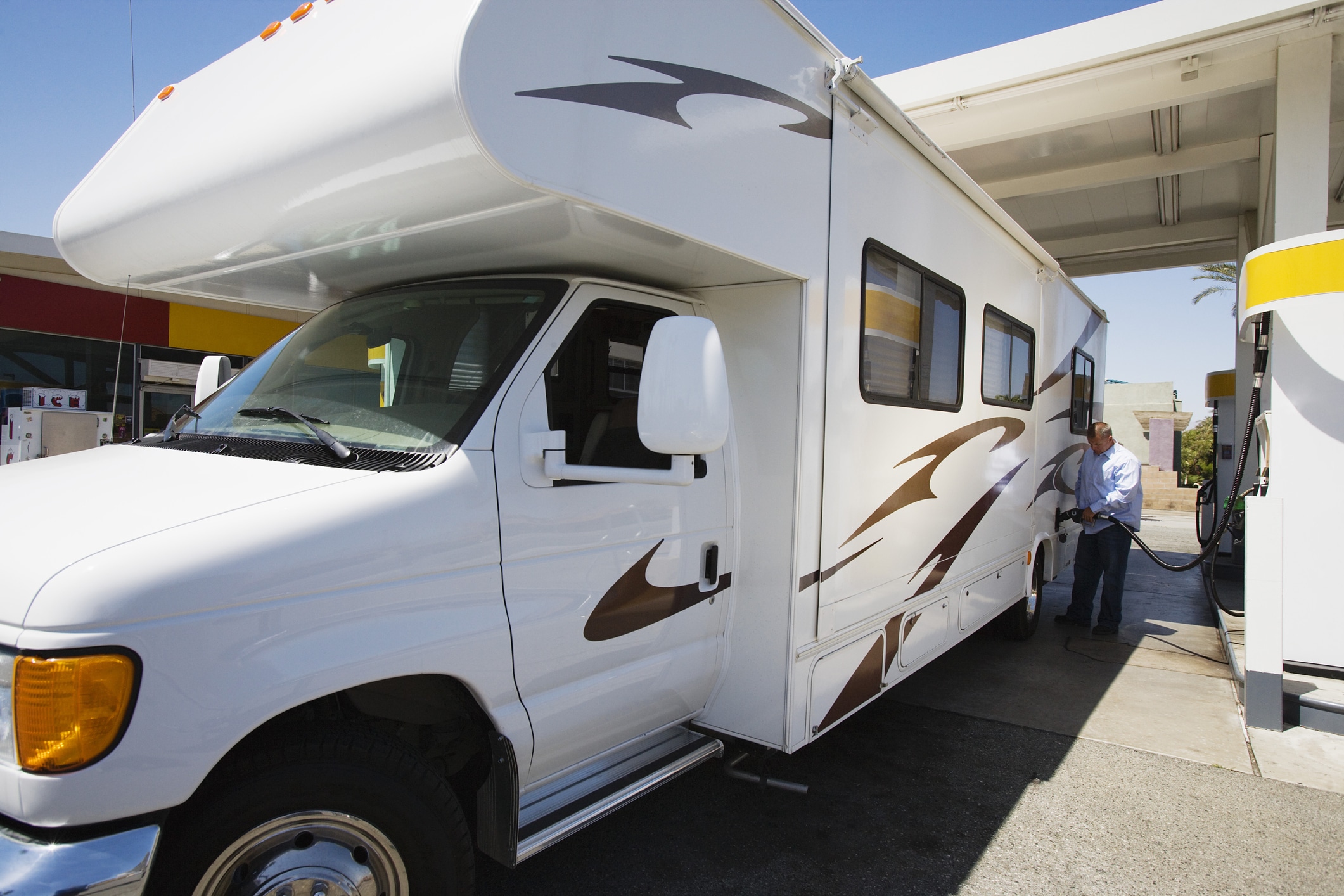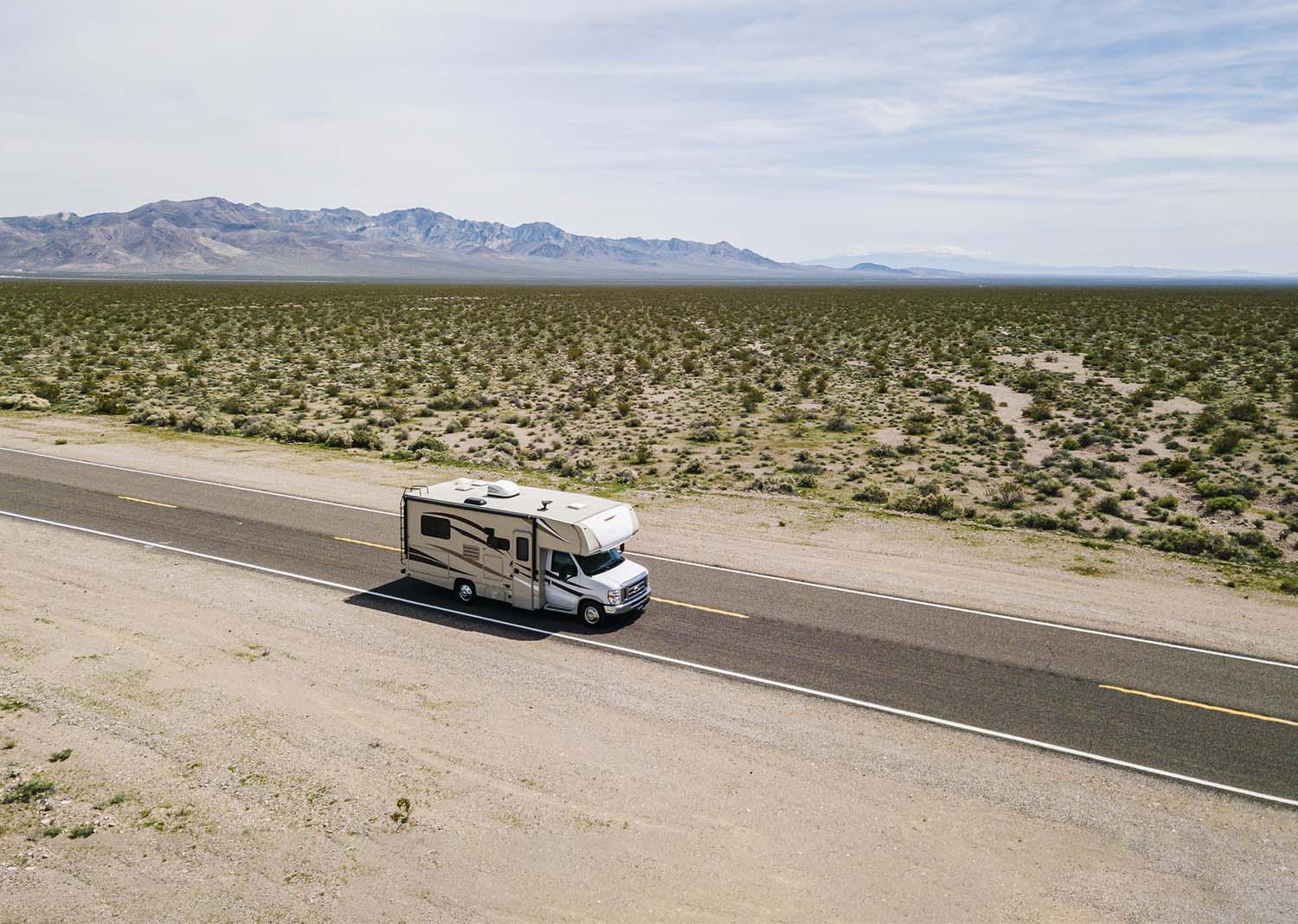So, you are preparing to set out on a long RV journey stretching over miles of ever-changing landscapes and distant urban silhouettes. This is one of the biggest trips you will take this year. You have spent a great deal of time planning the route and activities that you seek to enjoy.
Now comes the big question: How many miles are too many miles to drive per day? Do you have the constitution of a long-haul trucker, or do you prefer trips with short legs between stops? This article will help you arrive at answers to those questions.
Planning

Getty Images
Proper planning for such a journey entails identifying locations of points of interest, night stopovers, extended stay venues, probable fuel stops and so much more. Making campground reservations for each planned stop is highly recommended, especially during the busy season. Arriving in an area that is totally sold out can really spoil your day, and, of course, your night. But through all of this, free time and time to just relax must also be considered. Making too tight a travel schedule can dampen some of the enjoyment.
Don’t fall into the trap of planning too great a distance each day. Generally, this leads to the need for earlier on-the-road starts each day and later-than-anticipated evening arrivals. In addition, this usually includes the need for higher vehicle cruise speeds and minimized stops. This generally can heighten the fatigue and travel stress you may experience throughout the day.
Instead, with a more relaxed planned trip with shorter daily runs, a family breakfast can be enjoyed prior to setting out each day. Also, time would be available should attractions along your route warrant stopping.
Tools for Your Trip

Good Sam Trip Planner
Good Sam’s Trip Planner can help you map out itineraries and provides drive times and traffic reports for your journey. The planner also indicates Good Sam Parks, Gander RV & Outdoors and Camping World stores along the way. The planner only is available to Good Sam members. For an overall list of RV parks, check out our Find a Park page. The Good Sam Camping app, available for Android and Apple IOS, also helps drivers find nearby Good Sam parks.
Finding the Right Miles Per Day
So how many miles a day is right? Much of this is subject to the type of route you are traveling on and the traffic conditions. But I can tell you, if your RV is equipped with an average speed display, you will probably find the following: Speed averaged over a long RV journey (2,000-3,000 miles) will be in the low forties. This, to me, would support a daily target of 300 to 350 miles per day. Of course, this is all subject to your holiday time availability and your route highway type and conditions.
Refueling
Travelers also should factor in fuel stops. After all, being on a long trip from home, you are probably unfamiliar with the services in the region. Don’t wait until the “Low Fuel” light has to remind you. That typically happens many miles from any service station. This, too, tends to elevate the driver’s stress level on the road.

Getty Images
Drivers should really start looking for a gas stop before the gauge reaches one quarter. It is a great idea to reset the trip odometer each time you refill the fuel tank. Then, knowing your vehicle’s approximate tank range, you have a redundant measure to determine the remaining fuel quantity. In some ways, this can be a more accurate tool to use as it is not affected by temperatures, pressures or vehicle angle.
For RV travelers, Flying J travel centers provide fuel as well as propane and dump stations. Good Sam members receive a 5-cent-per-gallon discount on gas and 8-cents-per-gallon discount on diesel.
Going the Distance
Hopefully, these suggestions might help you start a less stressful RV vacation. A vacation when you walk out of your house, not when you reach your destination. Getting there can be half the fun and part of the adventure that awaits.
Peter Mercer — Getting More From Your RV Journey




